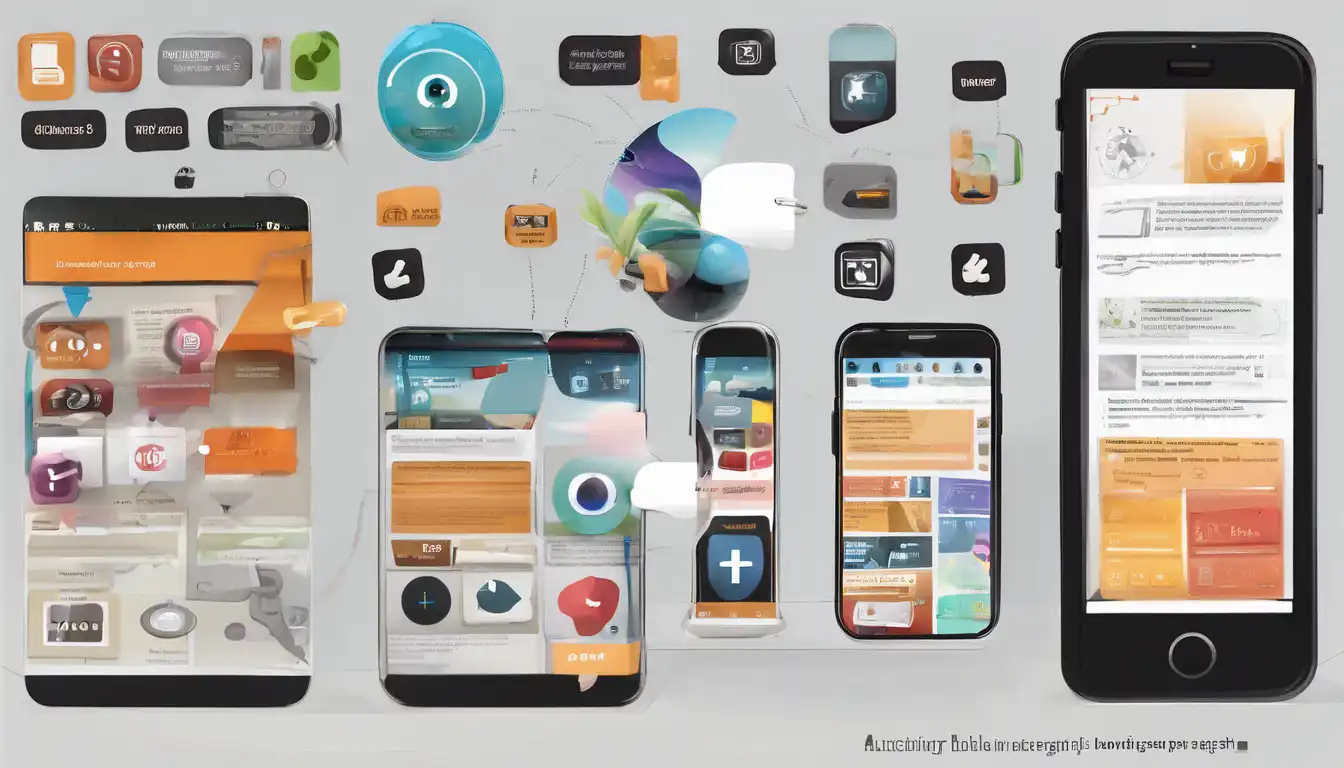Introduction to Engaging Mobile Apps
In today's digital age, creating a mobile app that stands out requires more than just functionality. It demands an engaging user experience that captivates and retains users. This guide will walk you through the essential steps to craft mobile applications that are not only functional but also highly engaging.
Understanding Your Audience
Before diving into development, it's crucial to understand who your app is for. Conducting market research and creating user personas can help tailor your app's design and features to meet the specific needs and preferences of your target audience.
Designing for Engagement
The design of your app plays a pivotal role in user engagement. A clean, intuitive interface with a cohesive color scheme and responsive design ensures a seamless user experience. Incorporating interactive elements like animations or gamification can further enhance engagement.
Optimizing Performance
No matter how engaging your app's design is, poor performance can drive users away. Optimizing your app's speed, reducing load times, and ensuring smooth navigation are key to keeping users engaged.
Leveraging Social Features
Integrating social media features, such as sharing capabilities or community forums, can significantly increase user engagement. These features encourage users to interact with your app and share their experiences with others.
Continuous Testing and Feedback
Engagement is not a one-time achievement but a continuous process. Regularly testing your app and soliciting user feedback allows you to make necessary adjustments and improvements, ensuring your app remains engaging over time.
SEO Optimization for Mobile Apps
SEO isn't just for websites. Optimizing your app's title, description, and keywords in the app store can improve its visibility and attract more users. Additionally, creating a landing page for your app with relevant content can further boost its SEO.
Conclusion
Creating an engaging mobile app is a multifaceted process that involves understanding your audience, designing for engagement, optimizing performance, and continuously improving based on user feedback. By following these steps, you can develop a mobile app that not only meets but exceeds user expectations.
For more insights on mobile development, check out our mobile development tips and user engagement strategies.
